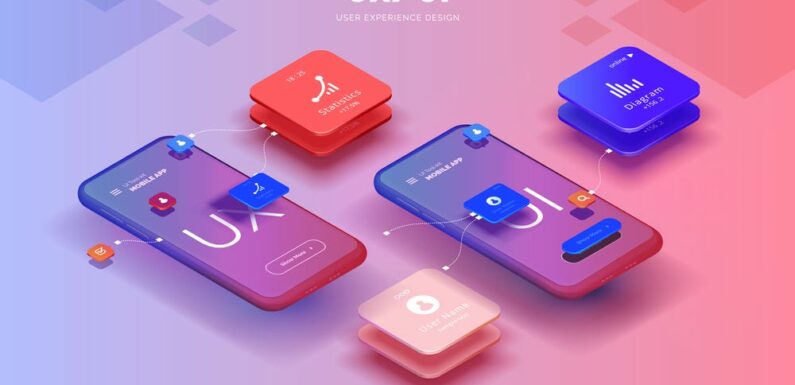
In today’s competitive app market, creating a mobile app that stands out requires more than just robust functionality – it demands exceptional user experience (UX) design. User experience encompasses every aspect of interaction that a user has with your app, from navigation and layout to responsiveness and visual appeal. In this blog post, we’ll delve into the importance of UX design in mobile app development and why it’s crucial for the success of your app.
- First Impressions Matter: The user’s first interaction with your app sets the tone for their entire experience. A well-designed user interface (UI) not only grabs attention but also guides users seamlessly through the app’s features and functionalities. A cluttered or confusing interface, on the other hand, can turn users away before they’ve even had a chance to explore what your app has to offer.
- Enhancing Usability and Accessibility: At its core, UX design focuses on making the app easy to use and accessible to all users, regardless of their level of tech-savviness or abilities. Intuitive navigation, clear labeling, and consistent design elements are essential components of a user-friendly app. By prioritizing usability and accessibility in your app’s design, you can ensure that it caters to a diverse audience and maximizes user engagement.
- Building Trust and Credibility: A well-designed app instills confidence in users and enhances their perception of your brand. Thoughtful UX design communicates professionalism, reliability, and attention to detail, fostering trust and credibility among users. Conversely, a poorly designed app can erode trust and damage your brand’s reputation, leading users to question the quality of your products or services.
- Driving User Engagement and Retention: User experience directly impacts user engagement and retention rates. A seamless and enjoyable experience encourages users to spend more time within the app, explore its features, and return for future sessions. By prioritizing UX design, you can create an app that not only attracts users but also keeps them coming back for more, ultimately driving long-term success and profitability.
- Iterative Improvement and Adaptation: UX design is an ongoing process that requires continuous iteration and improvement based on user feedback and evolving trends. By gathering user insights through analytics, surveys, and usability testing, you can identify areas for enhancement and refine your app’s design to better meet user needs and preferences. This iterative approach ensures that your app remains relevant and competitive in the ever-changing app landscape.
Conclusion: In today’s mobile-centric world, delivering a superior user experience is no longer optional – it’s essential for the success and sustainability of your app. By prioritizing UX design throughout the development process, you can create an app that delights users, fosters loyalty, and drives business growth. Remember, investing in UX design is not just about creating a great app – it’s about building meaningful connections with your users and delivering value that keeps them coming back for more.


